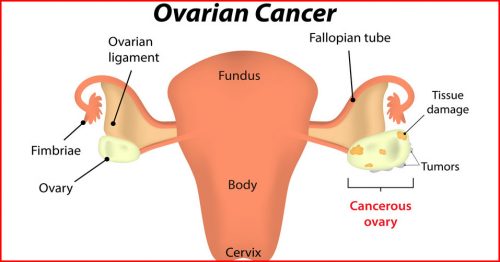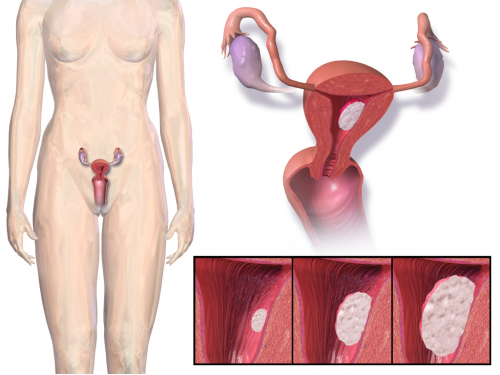Scientists and researchers are still baffled about the mystery of cancer that even now in this modern world, no cure has ever been found yet. In fact, cancer survivors consider it miraculous to be cancer-free.
A woman’s body, because of its changing state, appears to be more exposed to the risk of different types of cancer. Cancer cells usually target specific areas of a person’s system. These cancer cells, even though they start from a particular area of cells, can grow and spread to neighboring parts of the body.
Statistics of cancer patients in the U.S. are increasing every year. American Cancer Society researchers were expecting 810,000 women to be diagnosed with cancer in 2014. 33% of them are forecasted to succumb to the disease.
Breast Cancer

This is the most common type of cancer that hits women. According to researchers and past studies, a woman has ⅛ odds of developing breast cancer.
Women of ages 55 and older have a higher risk of having this type of cancer. The risk of having this cancer threat is doubled if a member of your family has a history of breast cancer.
There are no specific symptoms that tell a woman has breast cancer. Others are lucky to have found it on its early stage, while many have already been diagnosed in the final stages.
Check yourself for these following warning signs of breast cancer:
- unusual lump in the area, usually painless
- a sudden change in the sensitivity and size of the breast or nipple
- nipple discharge
The following, however, may be signs that you have already developed severe cancer:
- pain in the breast area
- a sudden drop in weight
Diagnosis may include a breast exam, biopsy, breast ultrasound, and magnetic resonance imaging.
Ovarian Cancer

An estimate of 20,000 women is expected to be diagnosed with ovarian cancer every year, according to research. This specific cancer affects the female reproductive organs- the two ovaries that release the eggs for reproduction.
The first early symptom according to women who are diagnosed with this cancer is the bloated feeling that won’t go away followed by sudden expanding of the abdomen.
Other early signs are the following:
- bleeding (for women already in menopause)
- loss of appetite
- cramps (similar to period cramps)
- severe back pain
Your doctor may perform a transvaginal ultrasound and a blood test for proper diagnosis.
Cervical Cancer
In most cases, cancer of the cervix (passage from the vagina to the womb) is caused by the human papillomavirus, which can be transferred from person to person through any type of sexual interaction.
You can check if you have this cancer by keeping in mind the following signs:
- unusual vaginal bleeding (between periods, after sex, or even after menopause)
- frequent urination
- foul-smelling discharge having unusual color and consistency
Diagnosis involves a pap smear test and/or HPV DNA test.
Endometrial Cancer

Also called as uterine cancer, this type arises from the abnormal growth of cells of the lining of the female’s uterus or womb. As of date, doctors and scientists still wonder about what causes this cancer. All they know is that something inside the body is turning the healthy layer of cells into abnormal ones.
Women who are obese, have a history of diabetes, and those who have not had children are at risk of having endometrial cancer.
The following are its early warning signs:
- abnormal vaginal bleeding
- lump in the pelvic area
- pelvic pain
- sudden weight loss
The doctor may perform the pelvic exam for the detection of lumps and biopsy for further diagnosis.
If you are noticing two or more of these symptoms lately, the best thing to do is visit a doctor for proper diagnosis. If there’s one more thing that these types of cancer have in common, it is that they are not noticeable (self-examination is not enough) until they are on the late stage.